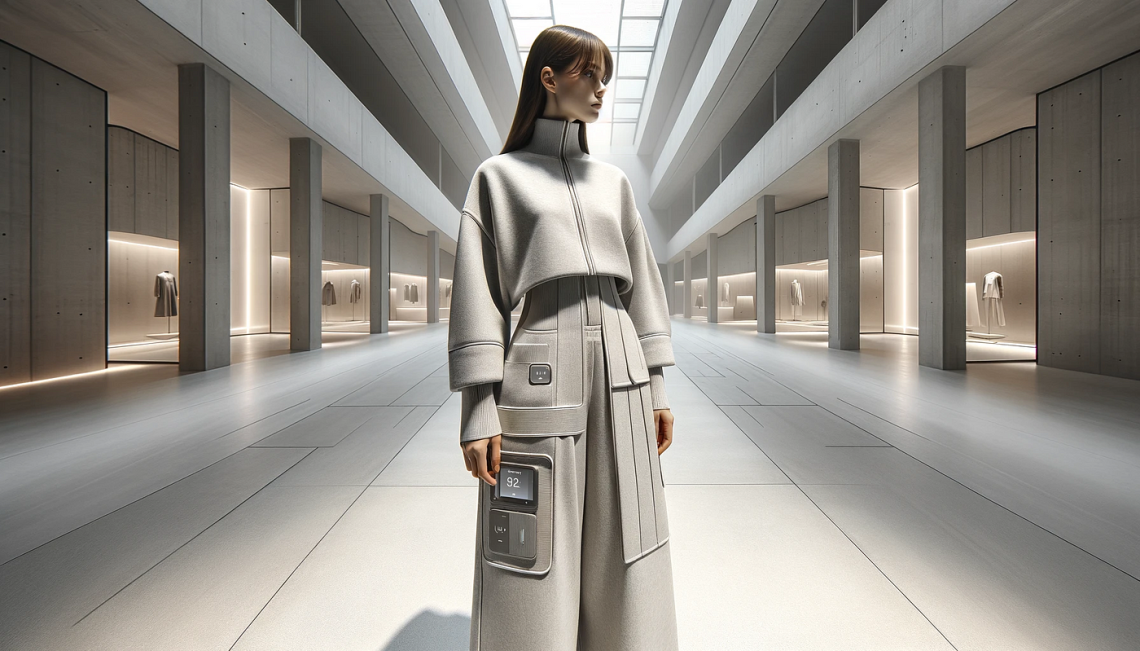
The Future of Fashion: Sustainability, Individuality, and the Digital Revolution
Introduction
Fashion has always been a reflection of society, and today’s trends speak volumes about our changing values. From sustainability to inclusivity, and from high-tech innovation to self-expression, fashion is no longer just about clothes—it’s a conversation about identity, culture, and the world we want to create. The way we dress is evolving, and with it, our relationship with style is becoming more personal, thoughtful, and digitally integrated than ever before.
Sustainability: Fashion’s New Frontier
In recent years, sustainability has become the driving force in the fashion industry. With concerns over fast fashion’s environmental impact, brands are shifting toward more eco-conscious practices. From using recycled materials to supporting ethical production, sustainability is no longer just a buzzword—it’s a commitment.
Consumers, too, are becoming more mindful, opting for secondhand pieces, sustainable brands, and capsule wardrobes over disposable trends. The future of fashion is circular, where quality and longevity replace quantity and speed.
Digital Fashion: The Rise of Virtual Styles
Technology is reshaping how we shop, wear, and experience fashion. Virtual fashion shows, AI-driven personalized styling, and augmented reality (AR) shopping experiences are blending the digital world with the physical one.
Digital fashion is also giving rise to virtual outfits for social media avatars and video games. This fusion of fashion and technology not only breaks traditional boundaries but also presents new opportunities for self-expression in virtual spaces.
Fashion as Self-Expression: Embracing Individuality
Gone are the days of one-size-fits-all trends. Today’s fashion is all about embracing individuality. With platforms like Instagram and TikTok, fashion has become an avenue for showcasing personal style rather than following fleeting trends. From gender-fluid clothing to mixing vintage with modern pieces, people are finding ways to use fashion as a powerful tool for self-expression.
Street style is more diverse than ever, with fashionistas incorporating unique elements like custom-made pieces, DIY projects, and diverse cultural influences into their daily outfits. The focus is no longer just on what’s “in,” but on what feels authentic.
The Return of Retro: Nostalgia Meets Modern Style
As with all things in fashion, what goes around comes around. The return of retro styles—think ‘90s grunge, early 2000s Y2K fashion, and vintage boho chic—has taken over runways and social feeds alike.
Fashion’s obsession with the past isn’t just about aesthetics; it’s also a reflection of how we’re seeking comfort in nostalgia during uncertain times. Old-school logos, oversized silhouettes, and classic cuts are making a comeback as a way to reconnect with simpler times, while also adding a modern twist.
Inclusivity and Diversity: A New Era for Fashion
Inclusivity is now a key focus in fashion. Major brands are increasingly recognizing the need for diverse sizing, ethnic representation, and accessibility in their campaigns and collections. The industry is embracing the beauty of all body types, ethnicities, and genders, allowing more people to see themselves reflected in the fashion world.
The push for diversity also extends to behind-the-scenes, where a broader range of voices is now being included in design, marketing, and leadership roles.
Fashion-Tech Fusion: The Future of Shopping
The fashion industry is also being transformed by tech innovations in the retail space. E-commerce is no longer just about browsing and buying—it’s about personalized experiences. With AI-powered recommendation engines, virtual try-ons, and smart clothing that adapts to your body temperature, fashion is becoming more interactive and user-friendly.
Fashion brands are increasingly offering made-to-order options, allowing consumers to customize their pieces. This shift from mass production to personalization represents a major change in how we approach clothing consumption.
Conclusion
Fashion is evolving, and so is the way we engage with it. Sustainability, individuality, and digital innovation are not just fleeting trends—they’re reshaping the future of style. Whether it’s through eco-friendly practices, self-expression, or the merging of fashion with technology, the industry is embracing change like never before. The future of fashion is a dynamic conversation, and we’re all part of it.
You May Also Like

Fashion in 2025: Where Style Meets Sustainability, Tech, and Identity
2025-05-22
Building Strong Relationships: The Key to Lasting Love and Happiness
2025-05-13

